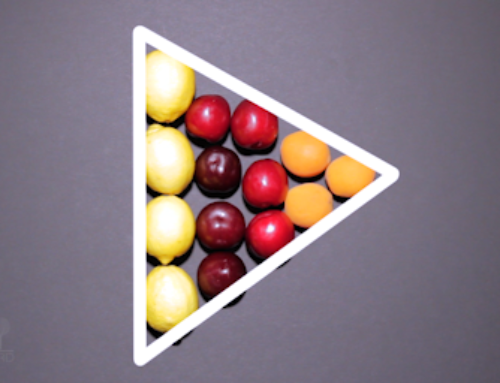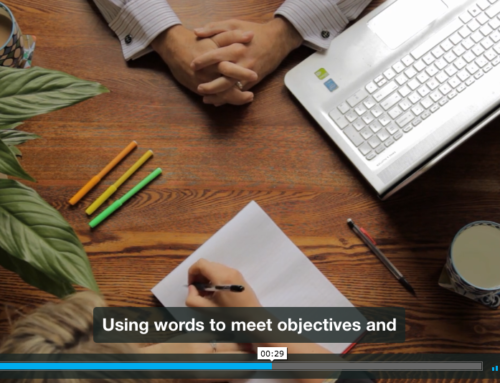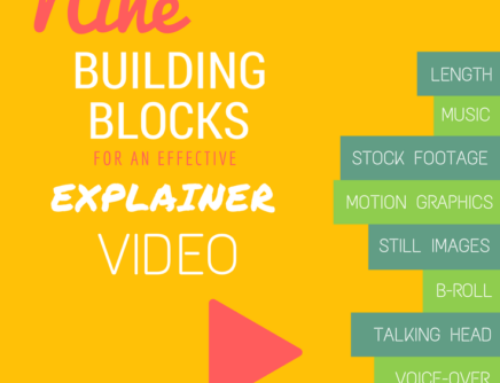You may not be aware but there is a battle taking place in the land of video. The battle of vertical/portrait vs. horizontal/landscape.
But before we go any further, let’s distinguish what we mean by portrait and landscape.
When we refer to landscape, we are not talking about a pretty view of rolling hills, we are talking about videos with a longer width and shorter height. Most commonly, 1920 x 1080.
Here is an example of a landscape video.
An easy way to remember what portrait is, is the way you hold your phone. The height is either equal to the length (square) or is longer than the width (vertical). Even simpler than that, just remember upright.
Here is an example of a portrait video.
You see landscape videos have had a good, long run at the top thanks to its origins in film and television. It looks more cinematic to show a wide view and therefore video cameras have been built to shoot landscape.
But then social media arrived, namely Instagram and suddenly things started to turn…square. Then stories made things even more vertical and people realised portrait / vertical videos take up more ‘real estate’ in the competitive space of social media feeds.
Meanwhile videographers grabbled with the extra step in their workflows to shoot to crop and adjust on the editing timeline.
Should you be considering this new vertical orientation? If the main place you will be showing your video is on Instagram, or in Facebook / Instagram stories you need to be shooting with a vertical orientation in mind. You can have both landscape and portrait, but just know when you come to edit your portrait video, not everything will be in the shot as you need to lose a big chunk of the width.
Get in touch if you want to discuss what type of video is best for your product or service.
Story Orchard provides video production and content solutions from Tauranga, New Zealand.
Credit: Feature photo by Jacob Morch on Unsplash.




